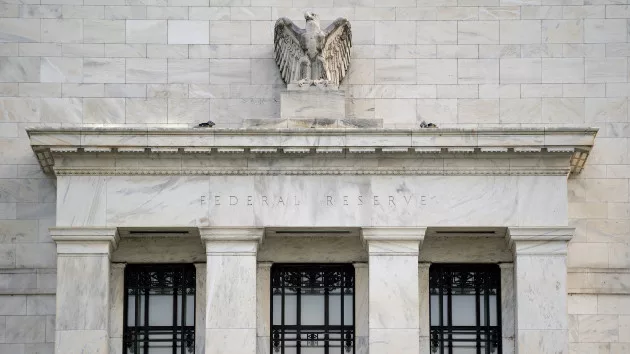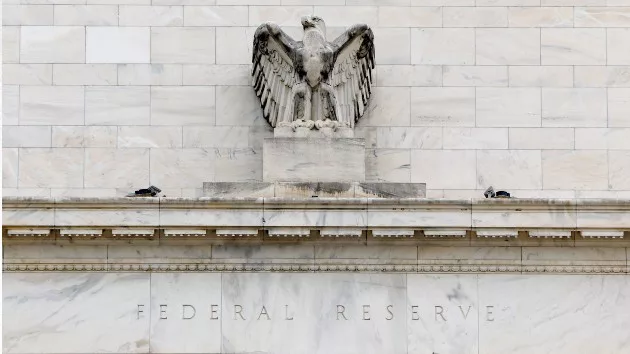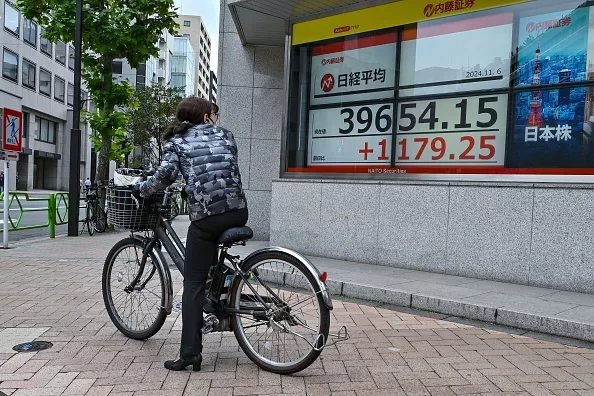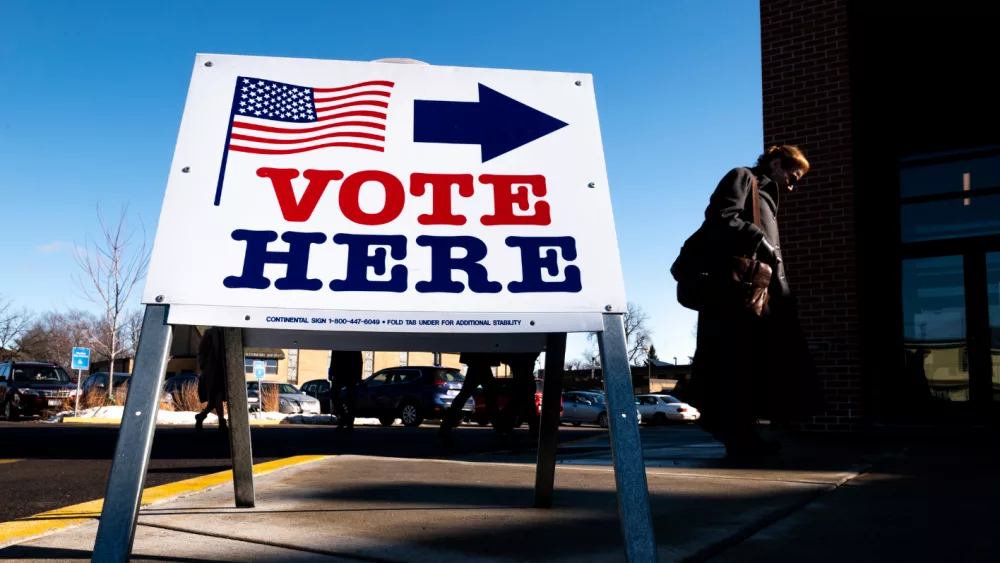(WASHINGTON) — The White House and Wall Street will closely watch Wednesday’s inflation report for any signs that the Federal Reserve’s aggressive cooldown efforts are working.
After falling dramatically over the course of last year, inflation has accelerated in recent months. Recalcitrant prices have forced the Fed to postpone highly anticipated interest rate cuts, leaving borrowing rates high for everything from credit cards to mortgages.
Economists expect prices to have risen 3.4% in April compared to a year ago, which would mark a slight cooldown from the previous month.
Price increases have slowed significantly from a peak of about 9%, but inflation still stands more than a percentage point higher than the Federal Reserve’s target rate of 2%.
A spike in housing and gasoline prices at the outset of this year has helped prolong the nation’s bout of elevated inflation. Meanwhile, economic performance has been solid, boosting consumer demand and putting upward pressure on prices.
In response to elevated prices, the Fed earlier this month opted to hold interest rates steady for the sixth consecutive time, keeping them at a level last seen in 2001. For now, the Fed has all but abandoned its previous forecast of three quarter-point rate cuts this year.
Speaking at a financial conference in Amsterdam on Tuesday, Fed Chair Jerome Powell said inflation has remained higher than expected, putting pressure on the central bank to leave its high interest rates in place.
“We did not expect this to be a smooth road,” Powell told attendees at an annual gathering of the Foreign Bankers’ Association. “But these [inflation readings] were higher than I think anybody expected. What that has told us is that we’ll need to be patient and let restrictive policy do its work.”
In theory, high borrowing costs weigh on consumer and business spending, which in turn slows the economy and reduces demand.
In recent months, the economy has shown signs of a slowdown. A worse-than-expected jobs report this month showed that employers hired 175,000 people in April, a significant drop off from the previous month.
The underwhelming jobs report sent the stock market higher since investors took it as indication that the Fed may rekindle plans for interest rate cuts.
Gross domestic product, a measure of all the goods and services produced in the economy, recorded 1.6% annual growth over the first three months of the year, the Commerce Department said last month. That figure marked a steep slowdown from a 3.4% annual rate measured over the final quarter of last year.
Despite the slowdown, economic output and hiring remain solid. The burst of stubborn price increases, meanwhile, has only lasted a few months.
The outlook for prices defies easy predictions, Powell said in Amsterdam on Tuesday.
“Is inflation going to be more persistent going forward?” Powell said. “I don’t think we know that yet.”
“I think we need more than a quarter’s worth of data to really make a judgment on that,” he added.
Copyright © 2024, ABC Audio. All rights reserved.






